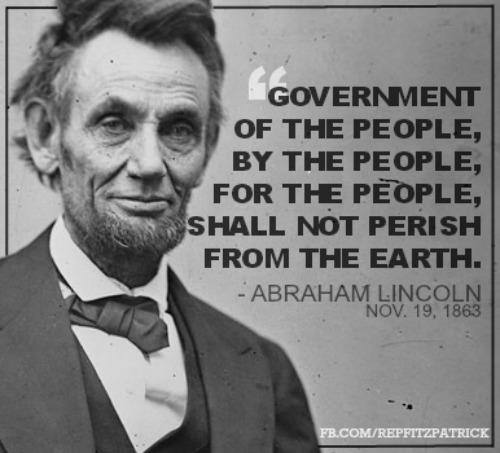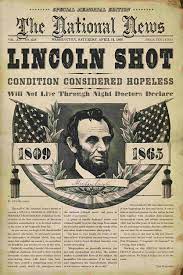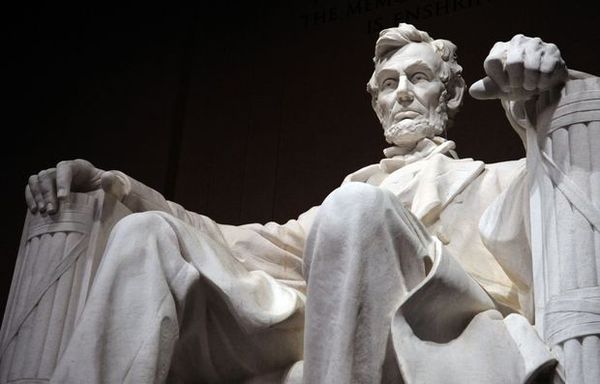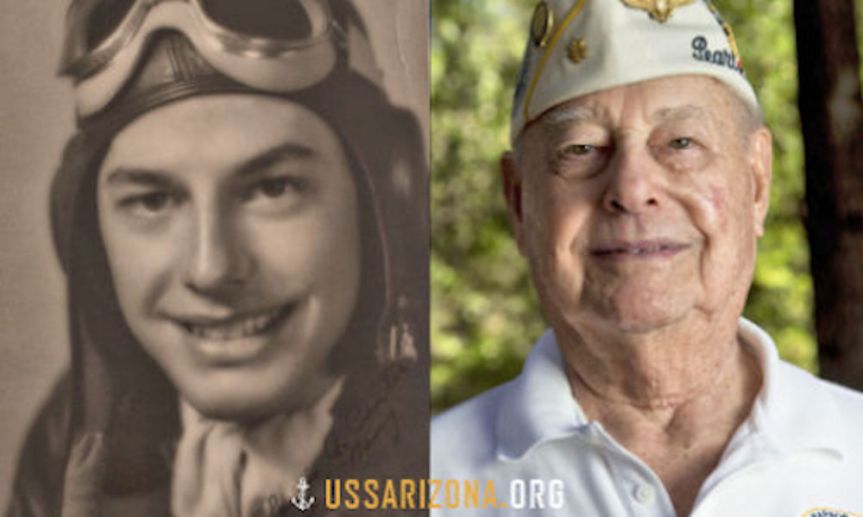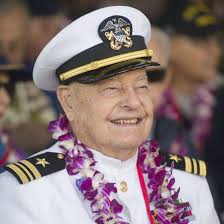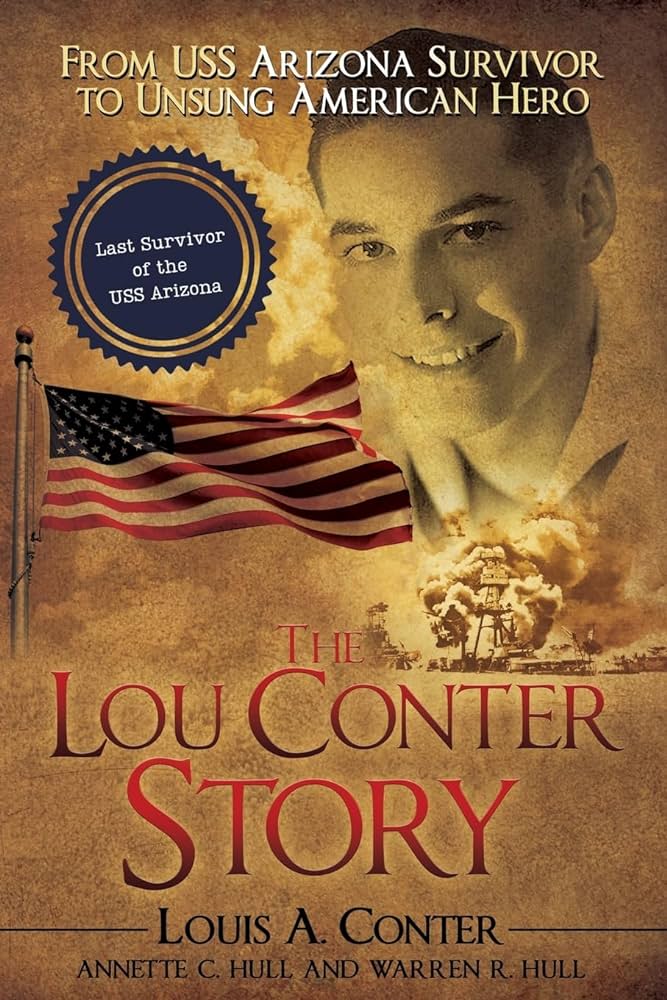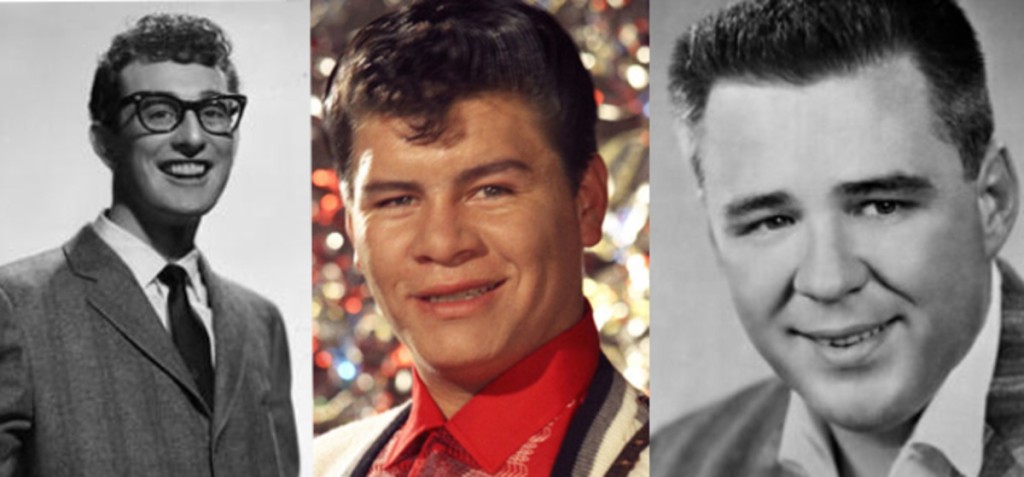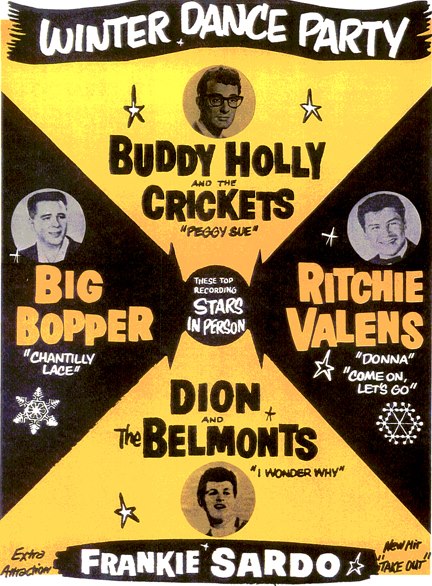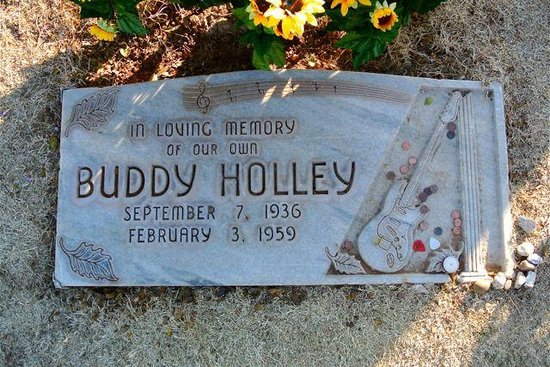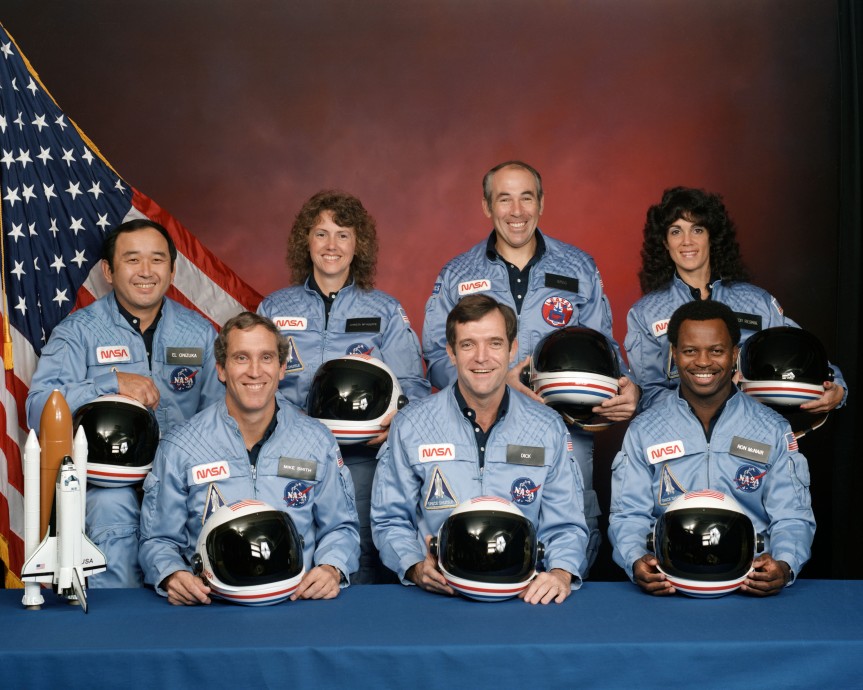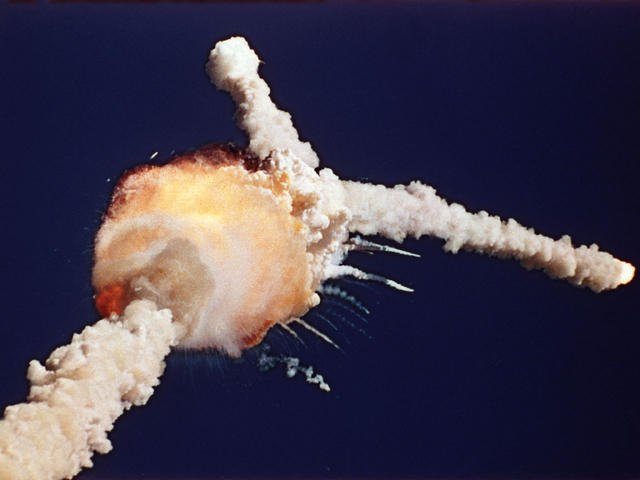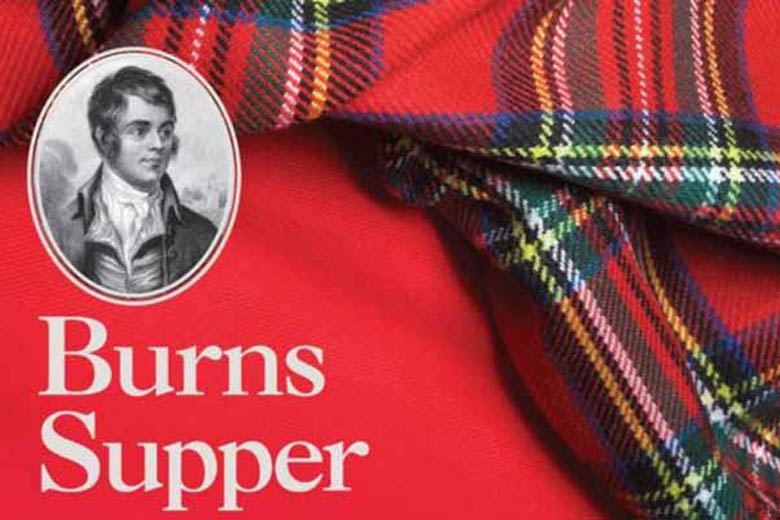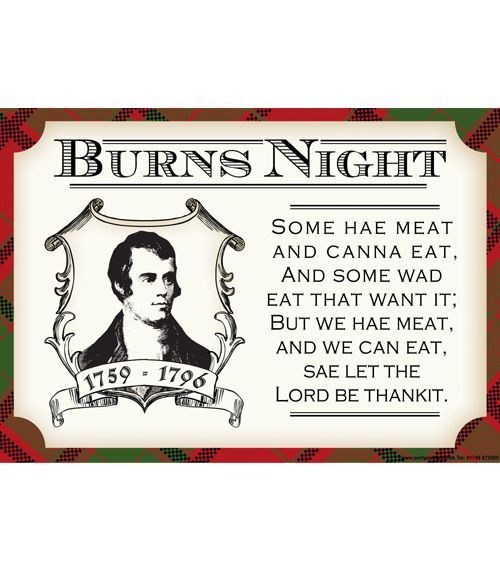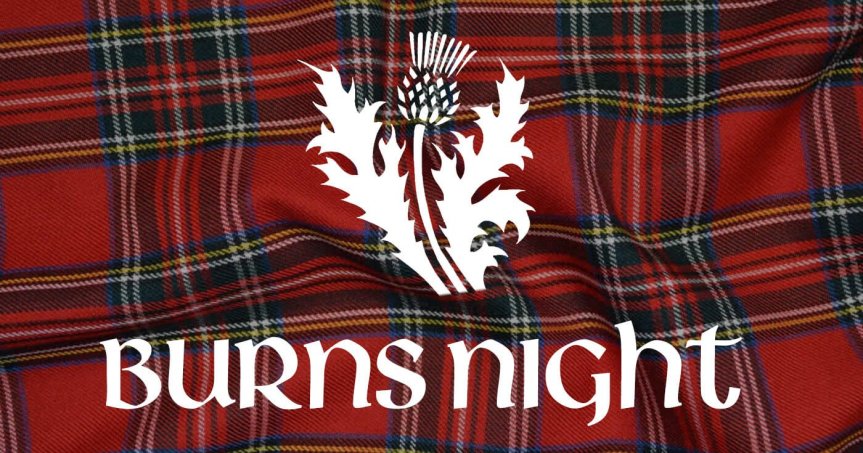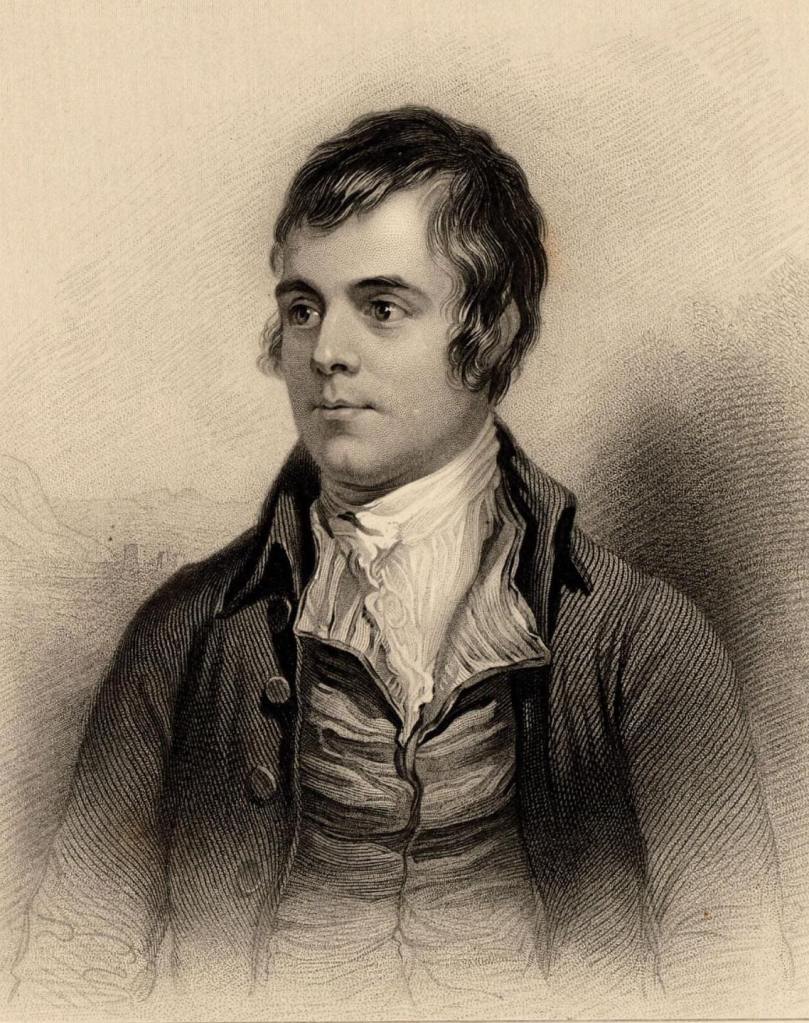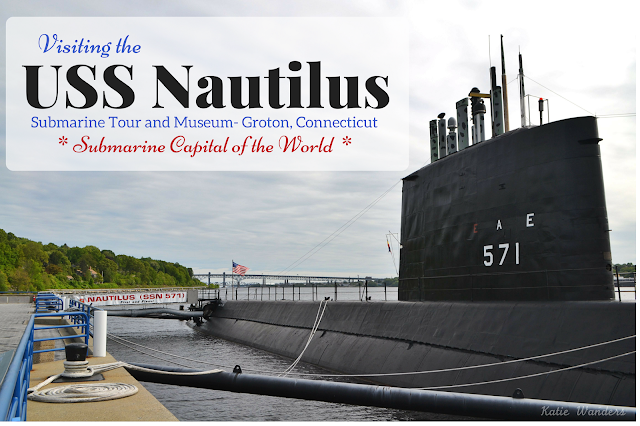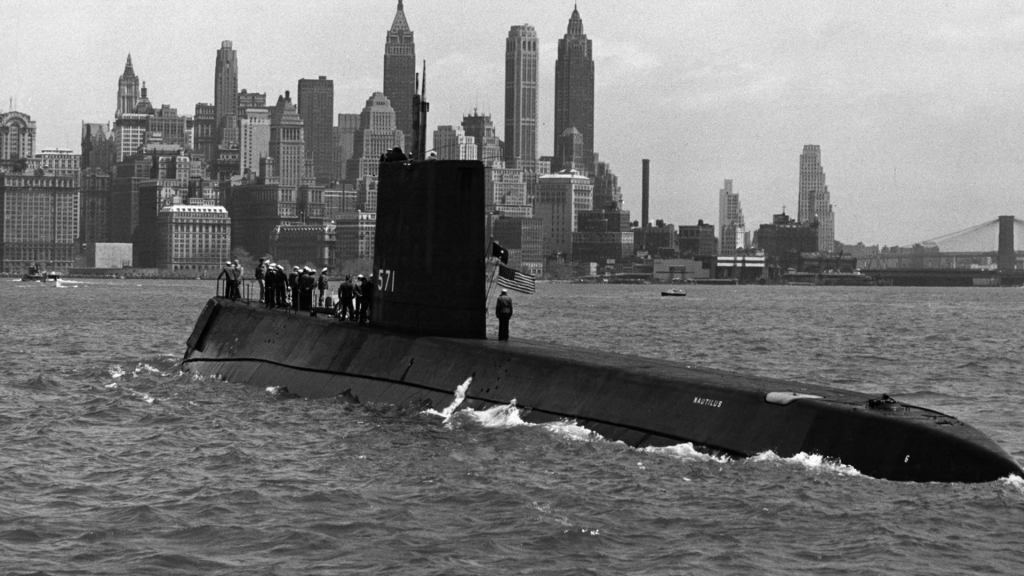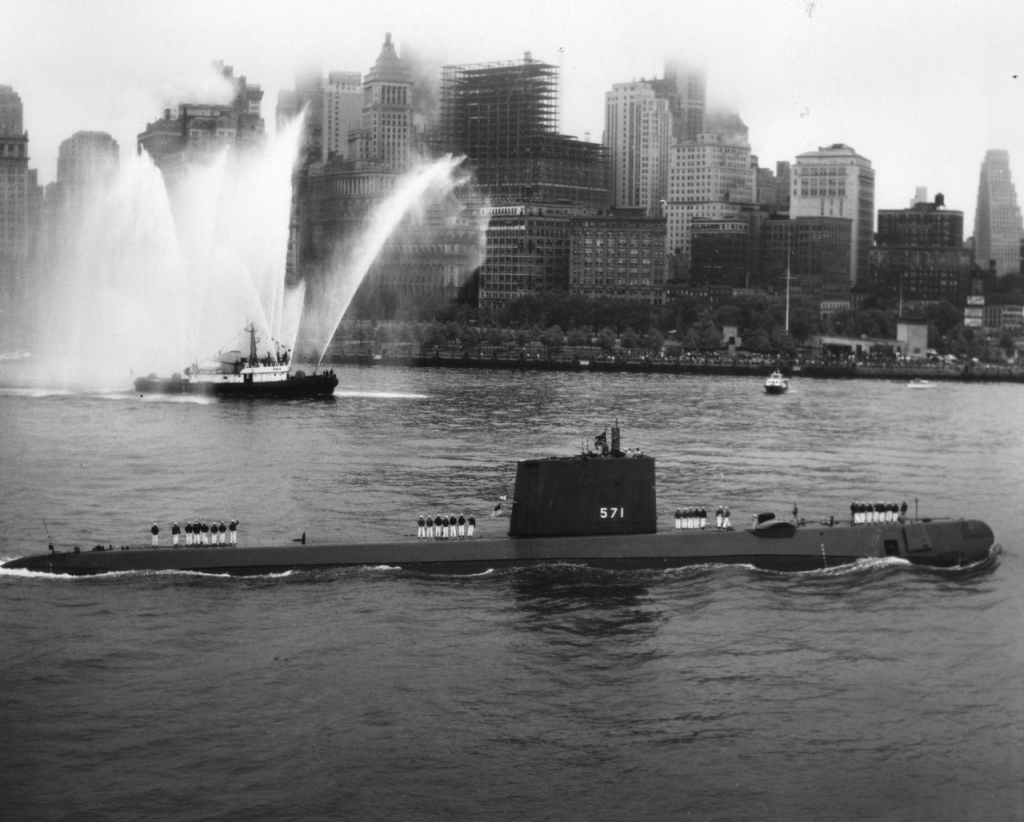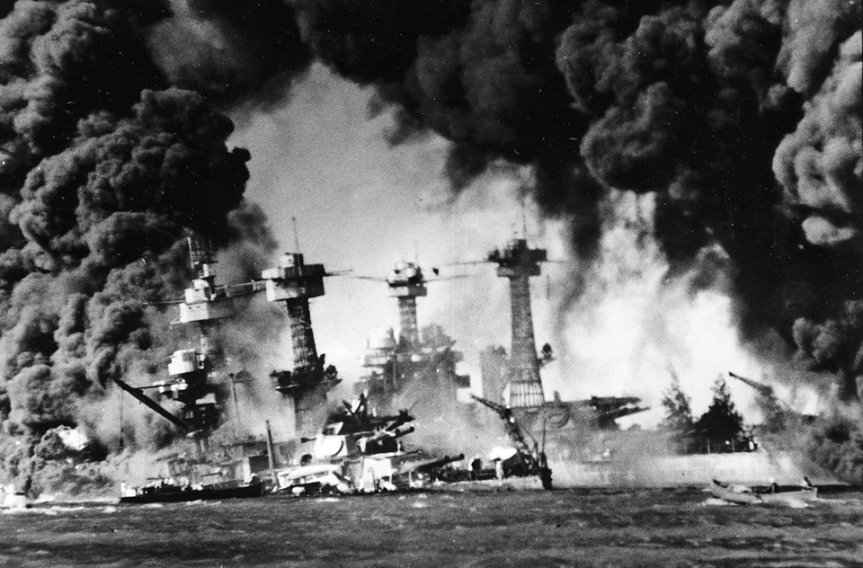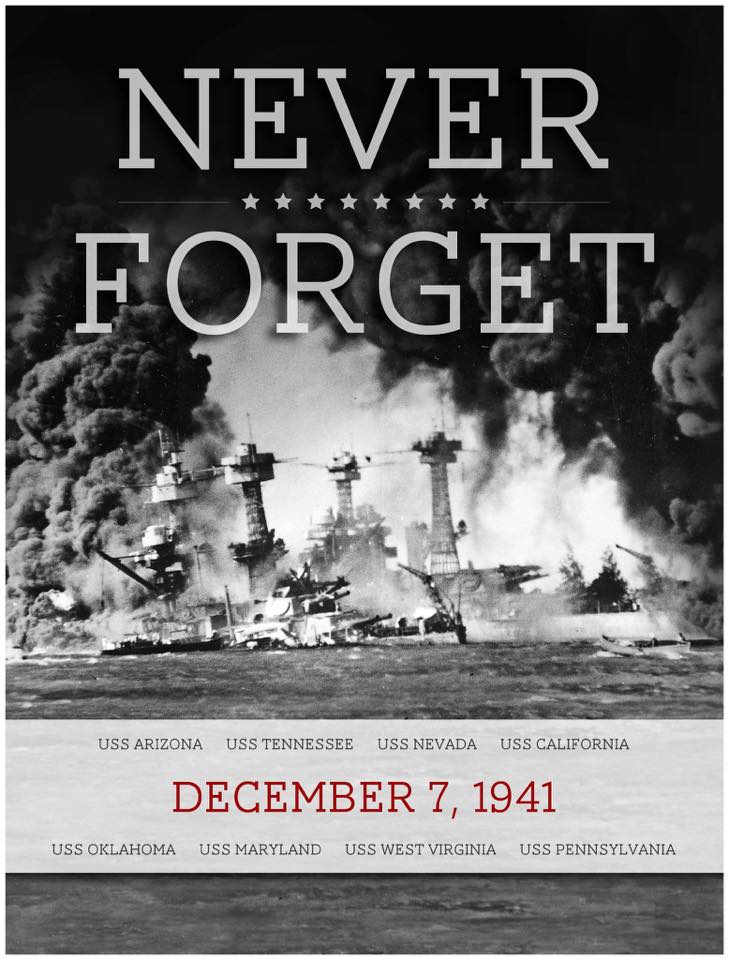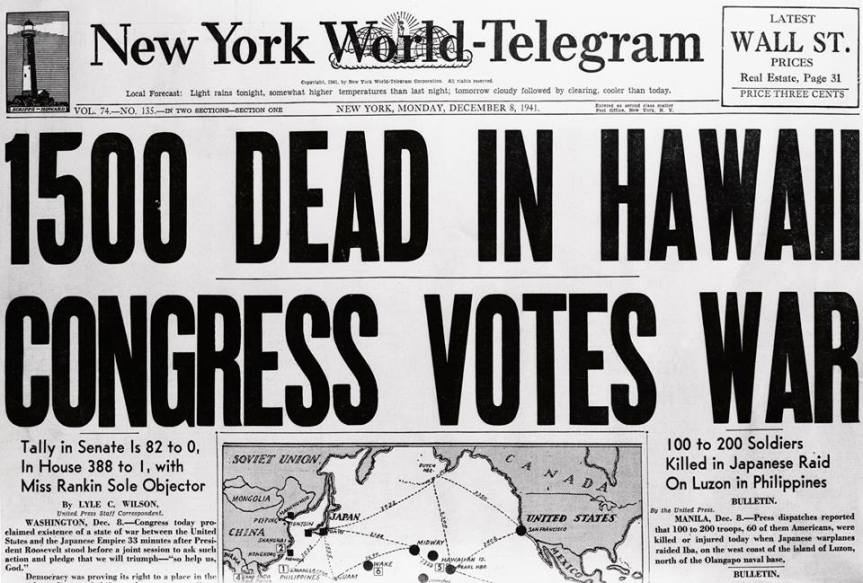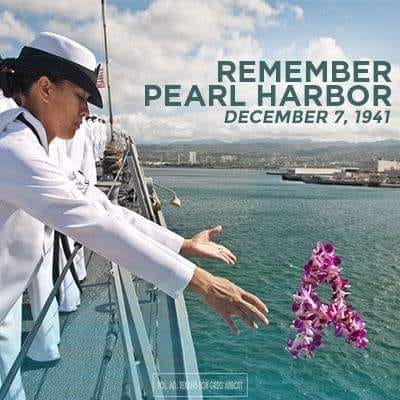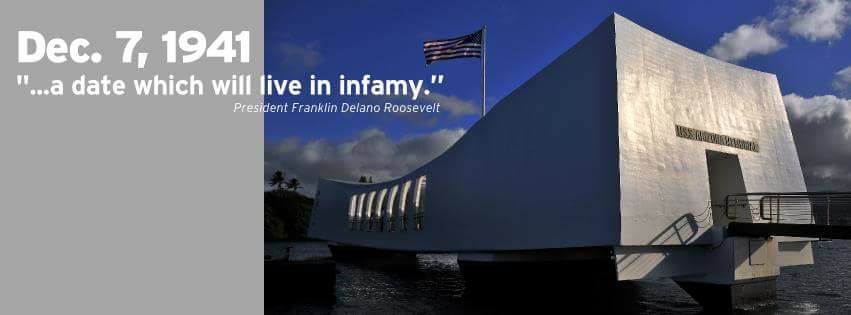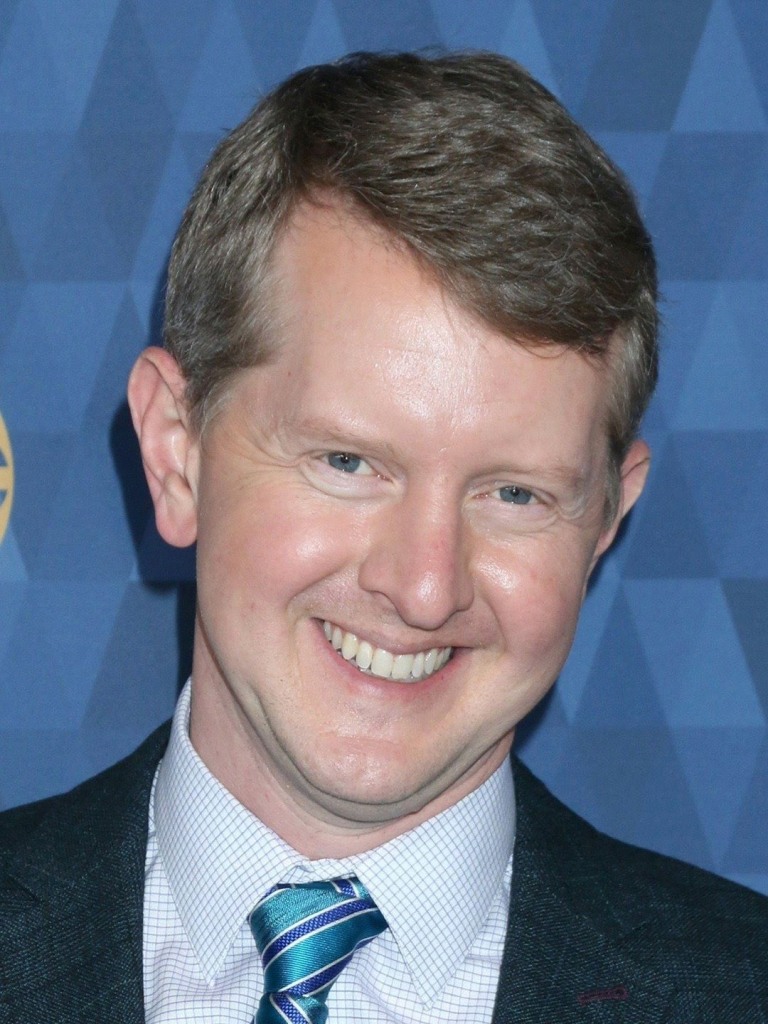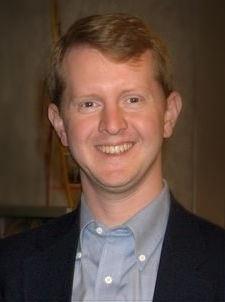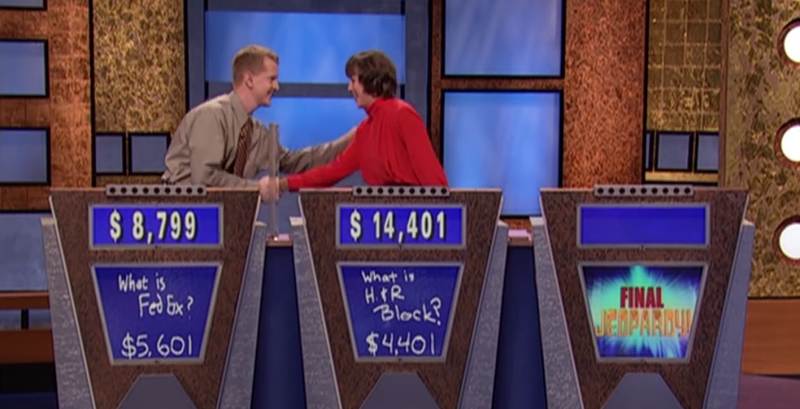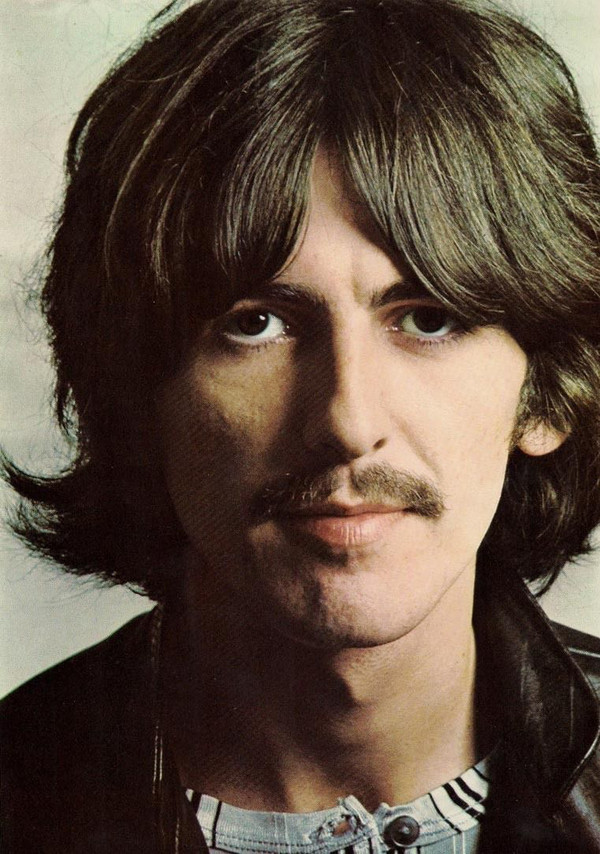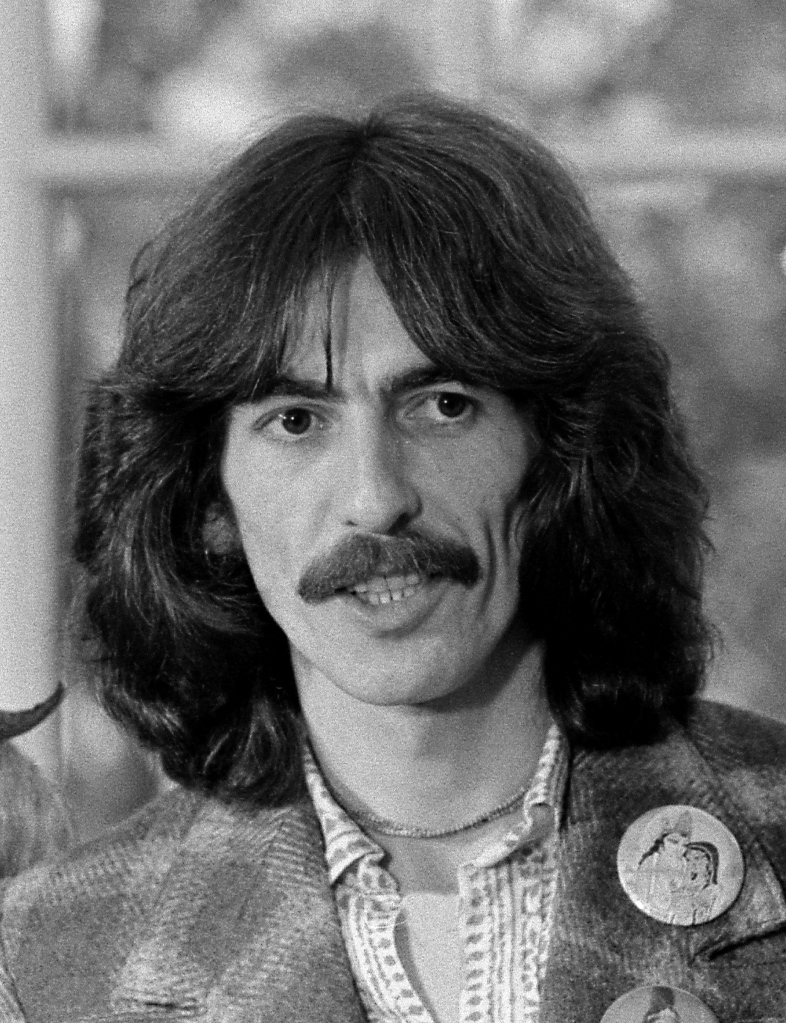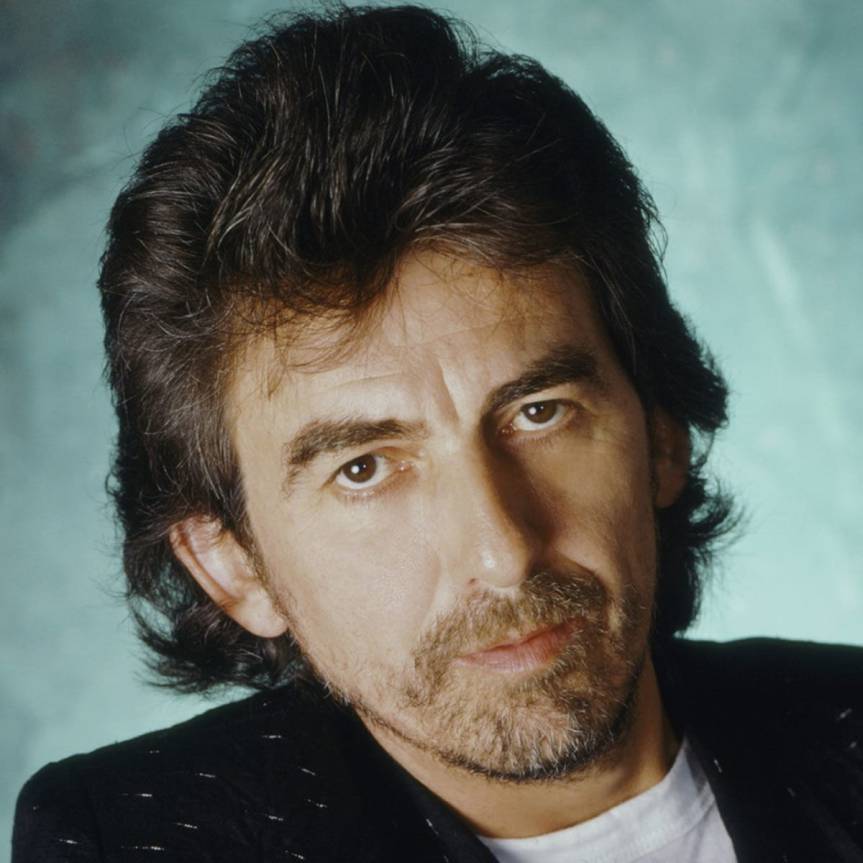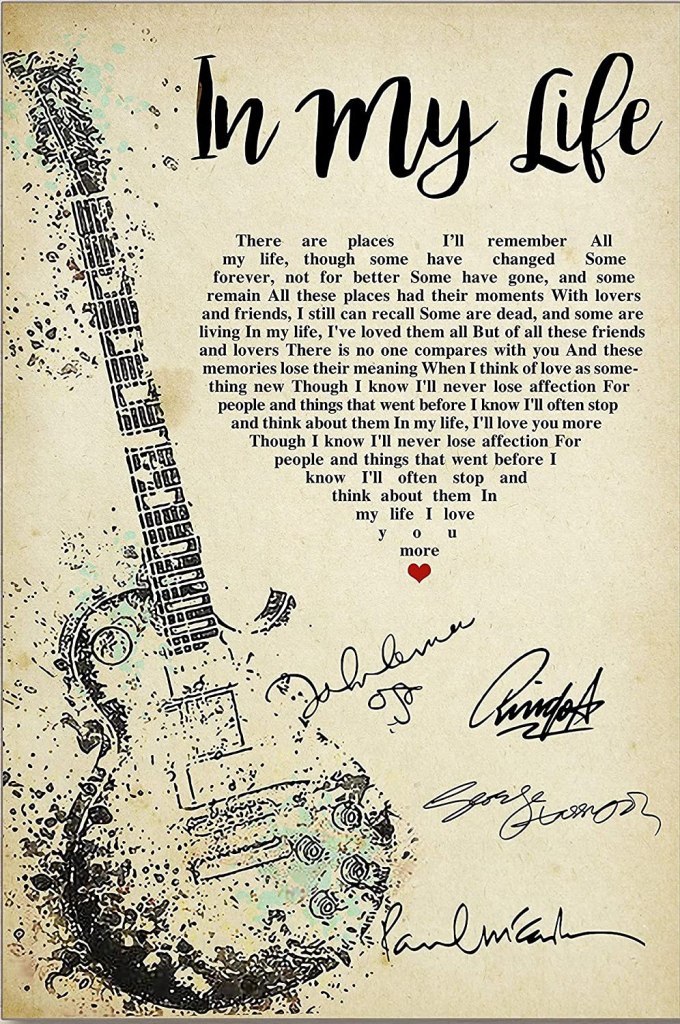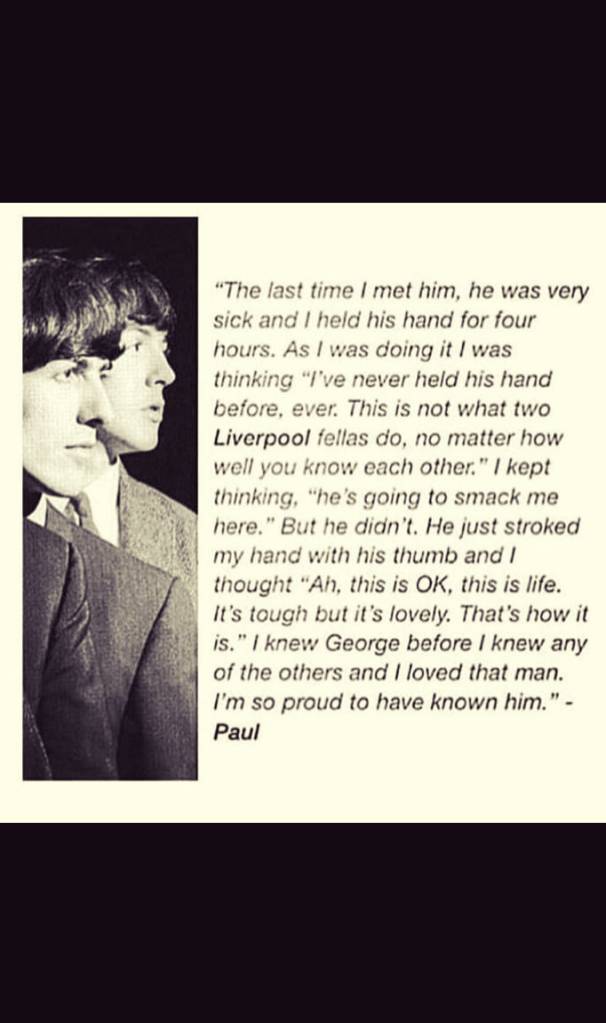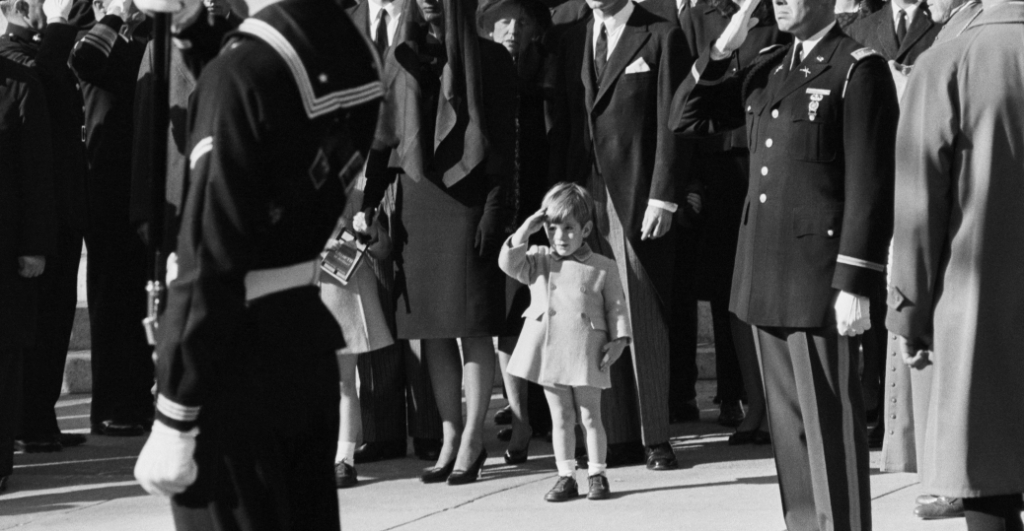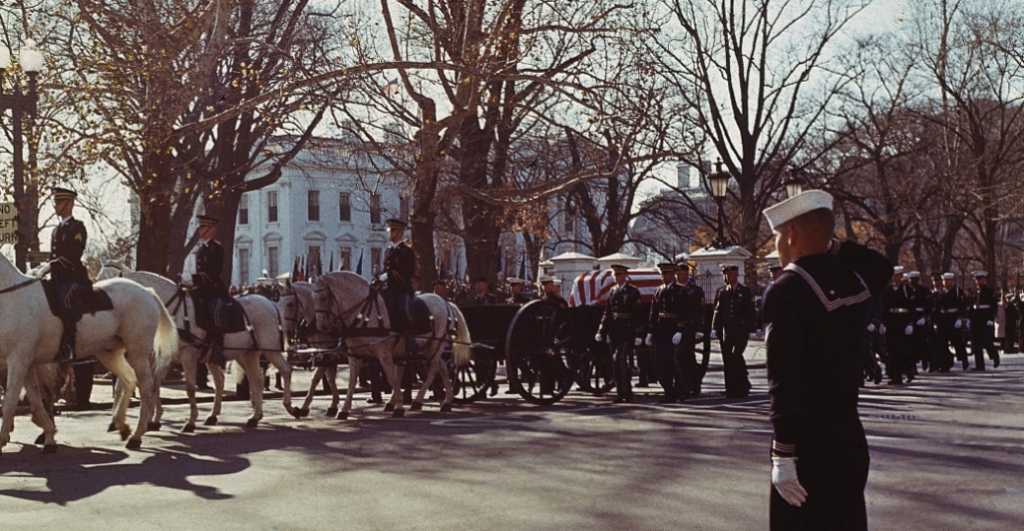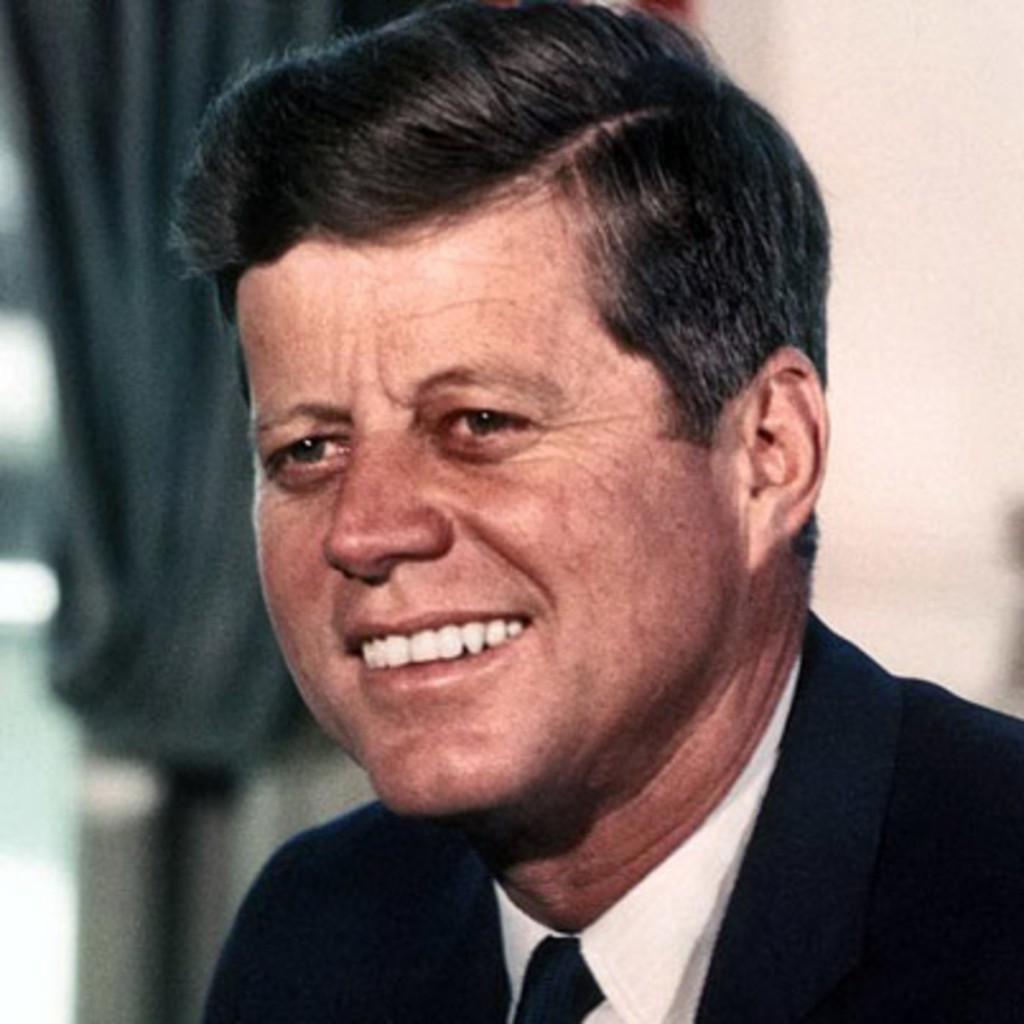by H. B. Auld, Jr.
Sixty years ago today at approximately 1:00 p.m., CST, on Friday November 22, 1963, we lost our 35th President of the United States, President John F. Kennedy, to an assassin’s bullets. He was shot shortly after noon, allegedly by Lee Harvey Oswald, as the presidential motorcade passed through Dealey Plaza in Dallas, Texas.
President John Fitzgerald Kennedy and his wife of just 10 years, Jacqueline Kennedy, spent the previous night at the Texas Hotel in Fort Worth. The following morning, President Kennedy, his wife, and a Texas delegation all exited the hotel to fly to Dallas. A light rain was falling, but several thousand supporters were there to greet him and hear his brief remarks.
“There are no faint hearts in Fort Worth,” he began, “and I appreciate your being here this morning. Mrs. Kennedy is organizing herself. It takes longer, but, of course, she looks better than we do when she does it.” He continued his short speech, talking about a strong defense, space issues, and continuing the growing economy.
The Presidential Party motorcaded to Carswell Air Force Base, where they flew to Love Field in Dallas, thirteen minutes away. Arriving at Love Field, the President and First Lady went to the fence and greeted well-wishers, shaking several hands.
The rain stopped and the delegation decided to remove the plastic bubble top for the trip through Dallas to the Trade Mart where the President was scheduled to speak at a luncheon there.
President Kennedy was struck in his neck and his head.
Making its way through Dallas, the motorcade turned from Main Street into Dealy Plaza. As it drove past the Texas School Book Depository on their right, gunshots rang out. President Kennedy was struck in his neck and his head. He slumped toward his wife. Texas Governor John Connally, a passenger in the President’s limousine, was struck by a bullet in his back. The motorcade immediately sped away to the closest hospital, Parkland Memorial Hospital, which was just 12 minutes away. Renowned surgeon, Dr. Robert N. McClelland, worked to revive the stricken president, to no avail. A Catholic priest entered Trauma Room Three and administered the Last Rites to President Kennedy, who was pronounced dead at 1:00 p.m. Vice-President Lyndon Baines Johnson, known to his friends as “LBJ,” assumed the presidency when Dallas Judge Sarah T. Hughes administered the Oath of Office aboard Air Force One as LBJ’s wife, Lady Bird Johnson, and JFK’s widow, Jacqueline Bouvier Kennedy, looked on. Soon afterward, LBJ, the 36th President of the United States, flew back to Andrews Air Force Base in Maryland, with Air Force One carrying the body of President John F. Kennedy in a casket in the belly of the aircraft.
President John F. Kennedy’s accused assassin, Lee Harvey Oswald, was himself killed 48 hours later on Sunday as he was being transferred from police headquarters to the Dallas County Jail.
The late President John F. Kennedy was buried with full military honors at Arlington National Cemetery the next day, Monday, November 25, 1963.
The end of the John F. Kennedy Camelot Era brought with it a beginning of some darker times: more assassinations, including his brother Bobby and Dr. Martin Luther King, Jr; the Vietnam War; Watergate; a presidential resignation; 9/11; and more. But it also brought forth times in the sunlight: the Paris Peace Accord, the Ronald Reagan Presidency, the fall of the Berlin Wall, and much more.
Rest In Peace, John Fitzgerald Kennedy.

